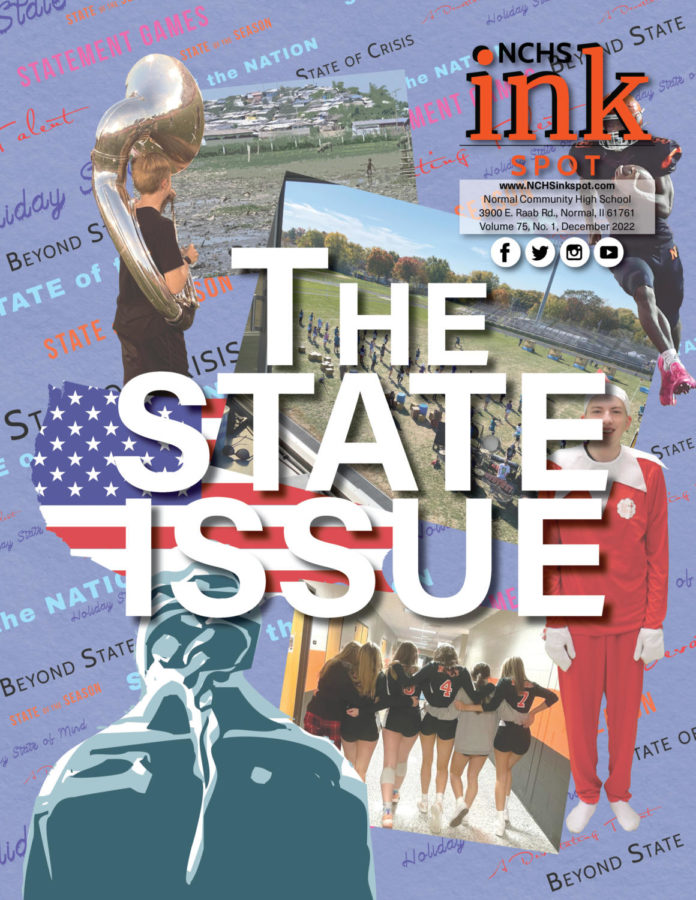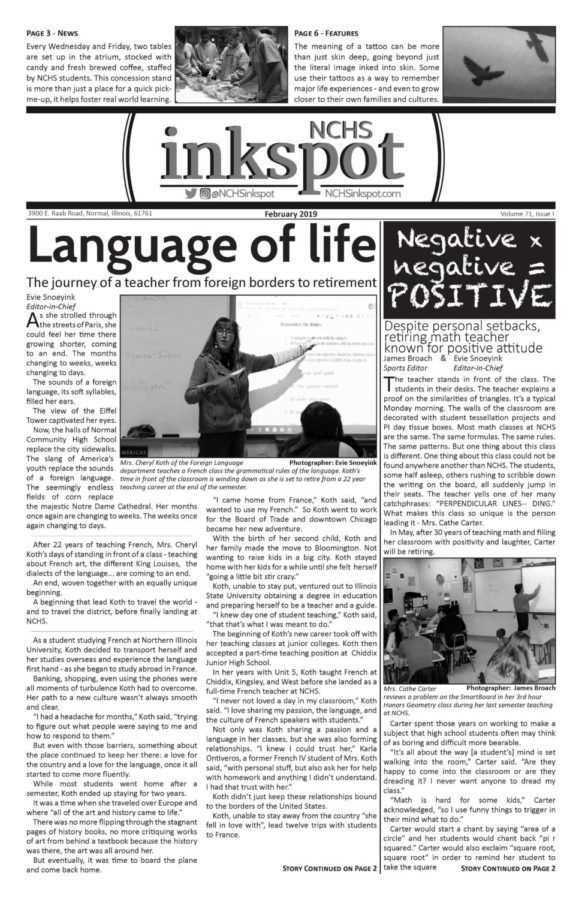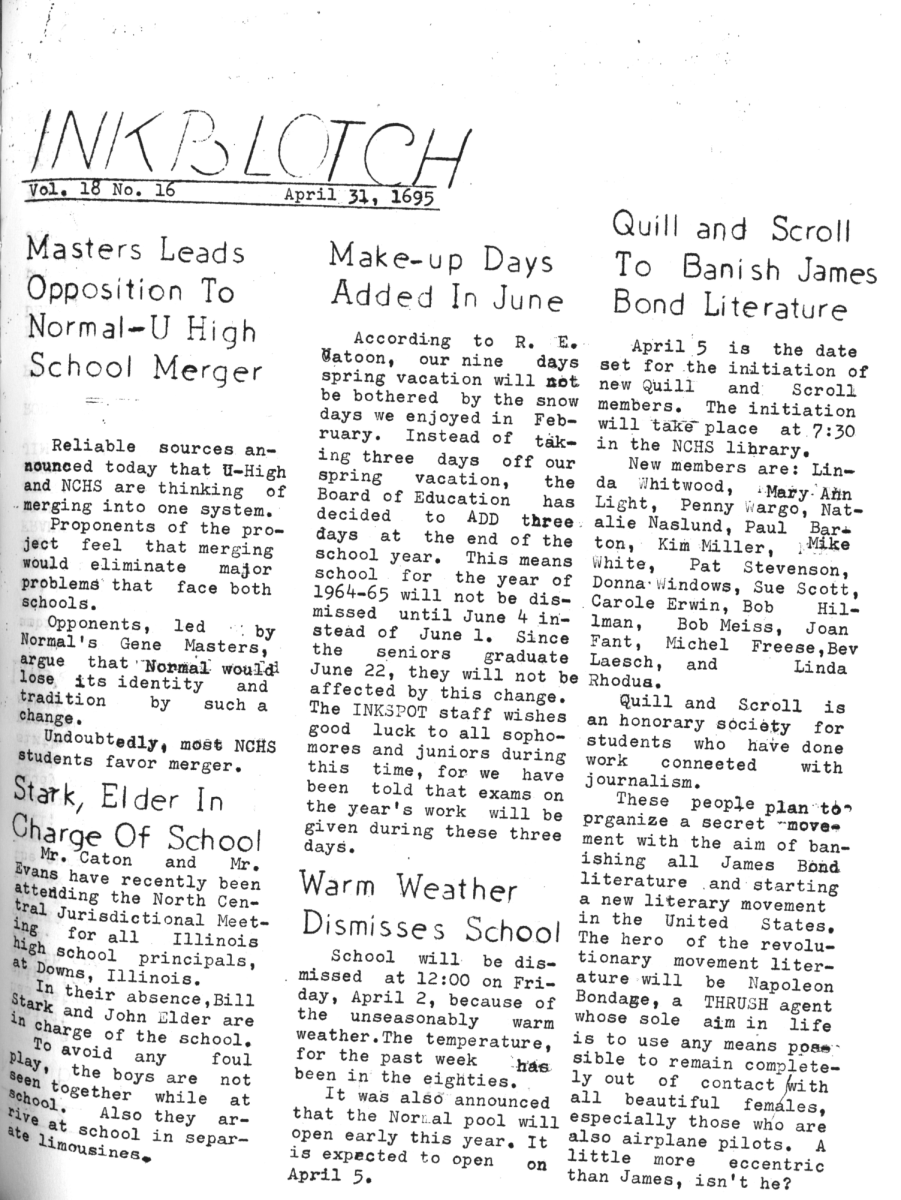Changing start times: Actually pretty good
Mar 20, 2016
The Unit 5 School Board has officially announced the official change in start times for the 2016-2017 school year. For the majority of students, this change will lead to a lot of improvement.
The new start times and bus schedules will hopefully lead to a reduction in cost and therefore a smaller deficit in the transportation budget. Melissa Schill argued that changing the start times would ultimately hurt the district in the long run, but in reality, the changed times will alter exactly what is needed to create healthier and happier students.
The elementary school will start earlier than junior high and high schoolers, which puts young children outside in the morning waiting for the bus. However, the parents of these kids will be awake and at home at the same time that these kids will be leaving. High school and junior high students currently tend to ignore the rules of cold in order to avoid fitting large coats and scarves in their lockers. Elementary school kids, however, with the aid of their parents in the morning, likely will not be leaving the house with anything less than a puffy winter coat, gloves, and a hat. While the younger kids may not understand the danger of frostbite, their parents do, and that beats the high school kids waiting outside in a sweatshirt and jeans.
The darkness of the winter months is not as great of a concern either. The potential of bus-goers getting hit by an unexpected car is just as likely for high schoolers as it is for elementary school students.
High school students riding the bus with junior high age students is not likely to be an issue either. Usually, the things that scare students when they enter into a new system tend to wear off after a few days. The high schoolers will likely not acknowledge the junior highers, and the junior highers avoid the high schoolers like the plague.
But what if the junior high students don’t? These shares bus route will contain students that are siblings, or friends – and one of the worst things that can happen is that high schooler ends up embarrassed by being seen conversing with the seventh grader. This early interaction with high schoolers may even help dispel any fears eighth graders have about entering high school the following year.
The problems that may arise for students participating in extracurriculars cannot be overlooked, but the problems solved by allowing high schoolers to start later outweigh students’ afternoon schedules. According to a 2013 American Psychological Association survey on the relationship between stress and sleep, longer sleep times correlate with lower stress, while shorter sleep correlates with higher stress. No matter what time a practice or rehearsal starts, students would likely be going to sleep around the same time they currently are, but sleeping later, resolving the sleep deprivation the Unit 5 high schools are presently filled with.
The National Sleep Foundation explains that the cycles of sleep drives cause people to generally fall asleep at a normal time, known as ‘circadian rhythms,’ change during the teenage years, saying, “This shift in teens’ circadian rhythm causes them to naturally feel alert later at night, making it difficult for them to fall asleep before 11:00 pm.” It goes on to say that waking up at earlier times can cause a teenager’s sleep drive to continue until 9:00 or 10:00 am, meaning that current high school students are not fully awake until fourth hour or later. Classes at the beginning of the day are essentially lost due to the students’ lack of sleep.
Following the school day, school run sports and activities will start later, but they likely will not run as long. Even if they do, a student with more sleep will be better prepared to handle long running activities and be competent enough to finish homework faster, making the afternoon chaos less of an issue. High school students are known for procrastination anyway, so if anything, this change in schedule will help them learn better time management skills.
As for high schoolers planning to work after school, I speak from experience. Time changes will not make a difference in their ability to participate in sports and leisure. For one, students who have a part-time job are not legally allowed to work every day in a week, giving said student at least one, likely more day a week to spend doing whatever activity they wish. Employers are required to know their part-time employees’ availability, when they can or cannot work, and employers must respect their employees’ schedules. If a student wishes to participate in a sport, then their availability would work around the practices for that sport. If a student is a part of a club, then they would not work on days when that club meets. As for days when a student does work, even with the current school schedule, work takes up the entirety of the afternoon, already preventing students from participating in sports and leisure activities. Jobs will still close at the same time, meaning that the only difference is that students will now be working with more sleep and, thus, more energy.
The problem that may arise for parents to find child care following the school day, which could potentially be more expensive for a community, but elementary schools in the Unit 5 district all offer free after-school programs. These programs certainly last long enough for the older students to retrieve their siblings following and come at no cost to parents wishing their children to be supervised after school.
As said by Amber Patterson, mother of two, in Melissa’s previous article, “I think we should do what is best for the kids, not what is most convenient.” It is clear that later start times for high schoolers is what is best for them, and elementary schools suffer nearly no consequence for the high schoolers’ benefit.




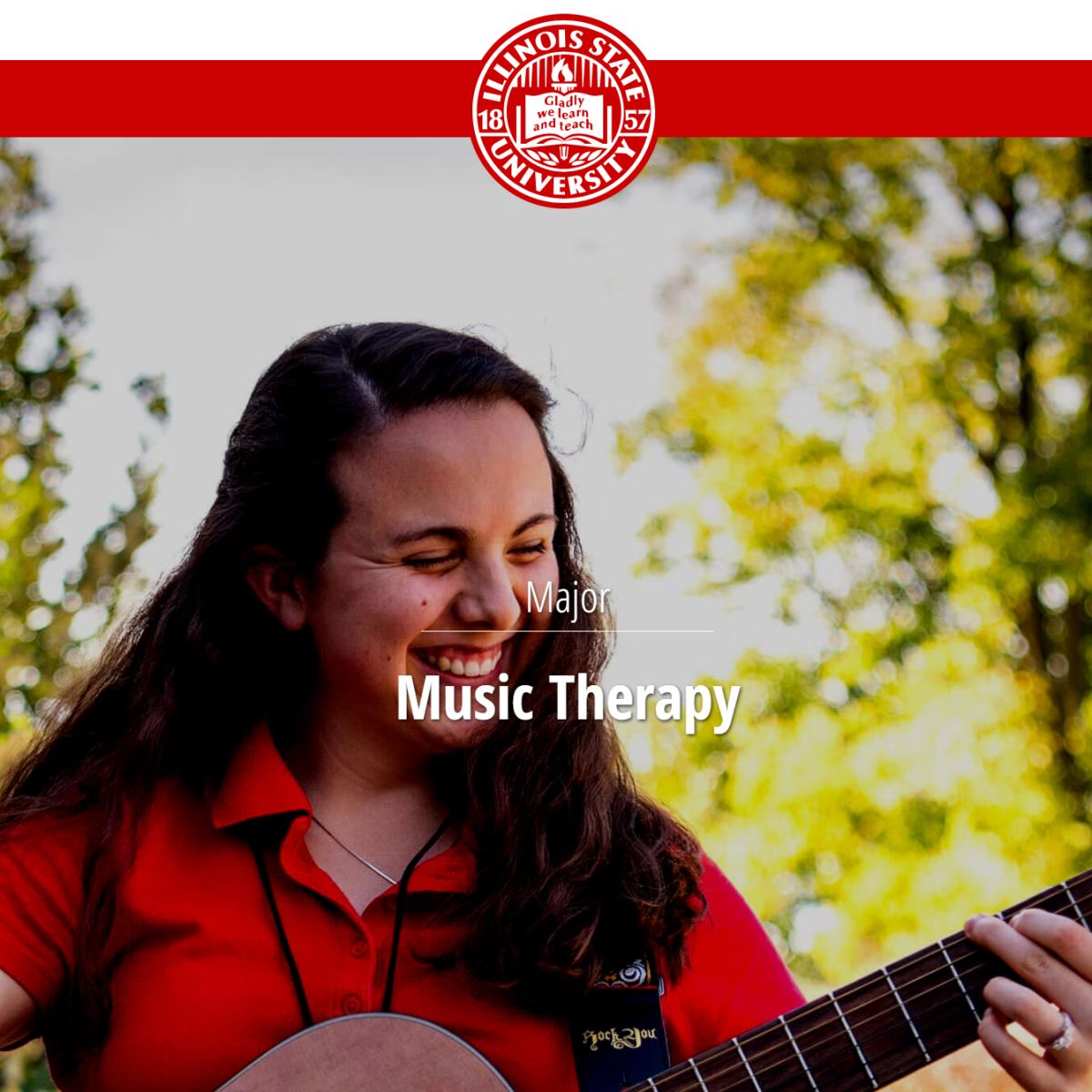


















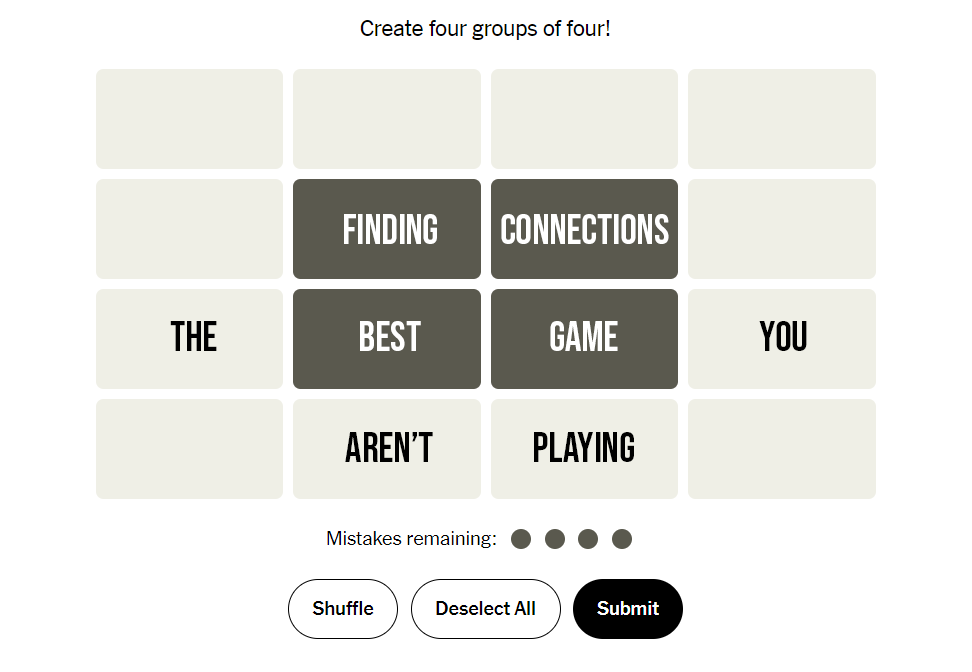

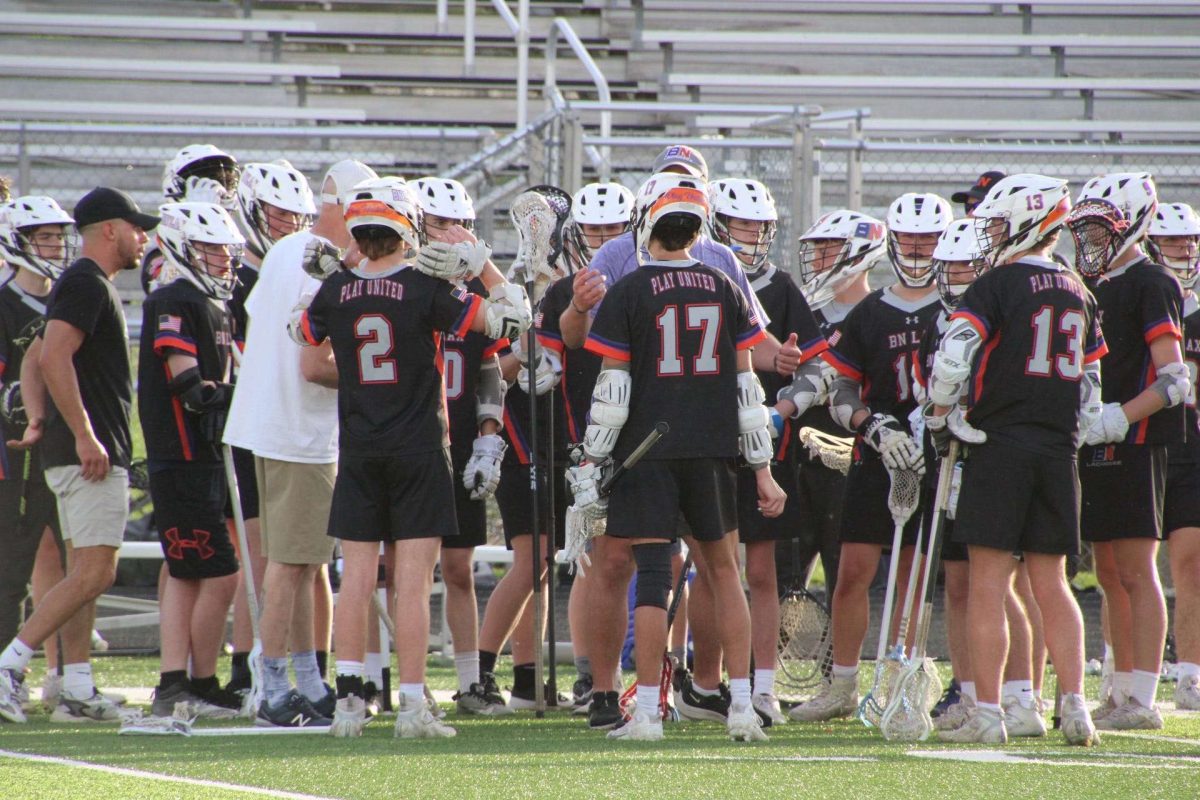



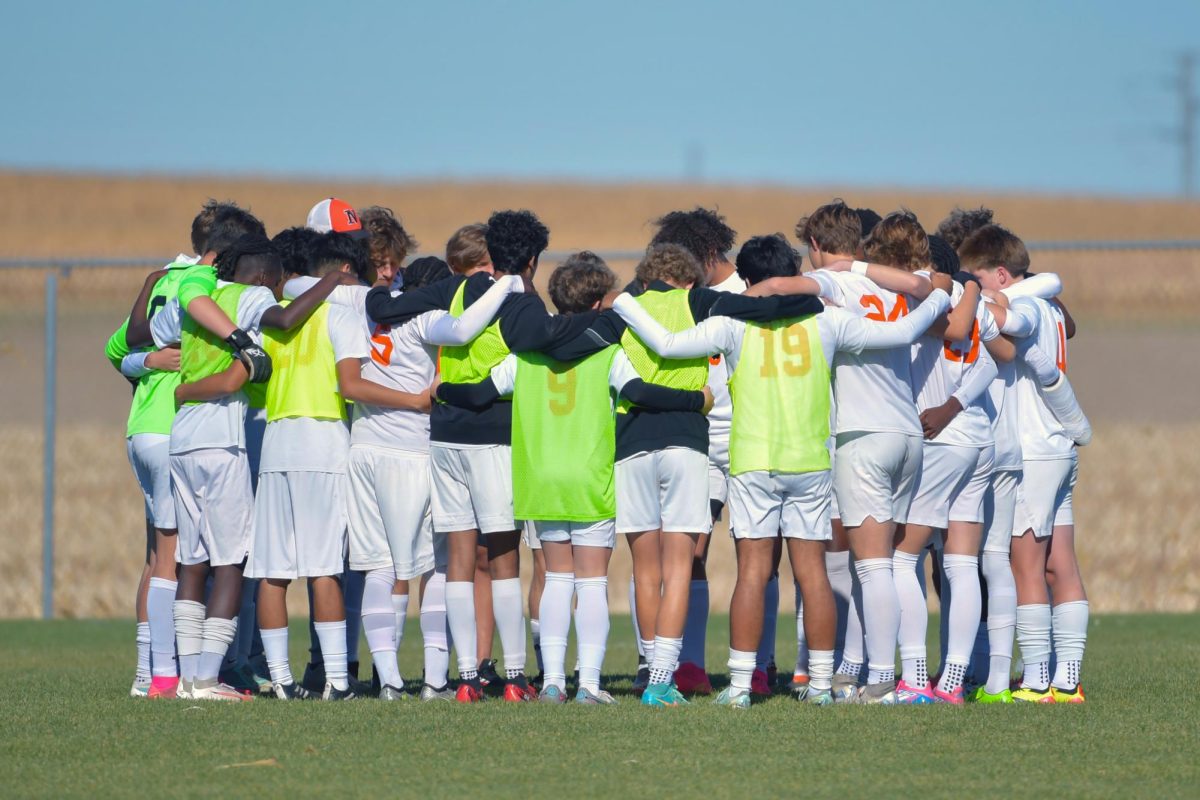
![Coach Drengwitz on the loss to Mt. Carmel, 2024 season [video]](https://nchsinkspot.com/wp-content/uploads/2024/11/Postseason-presser-feature-1200x800.png)
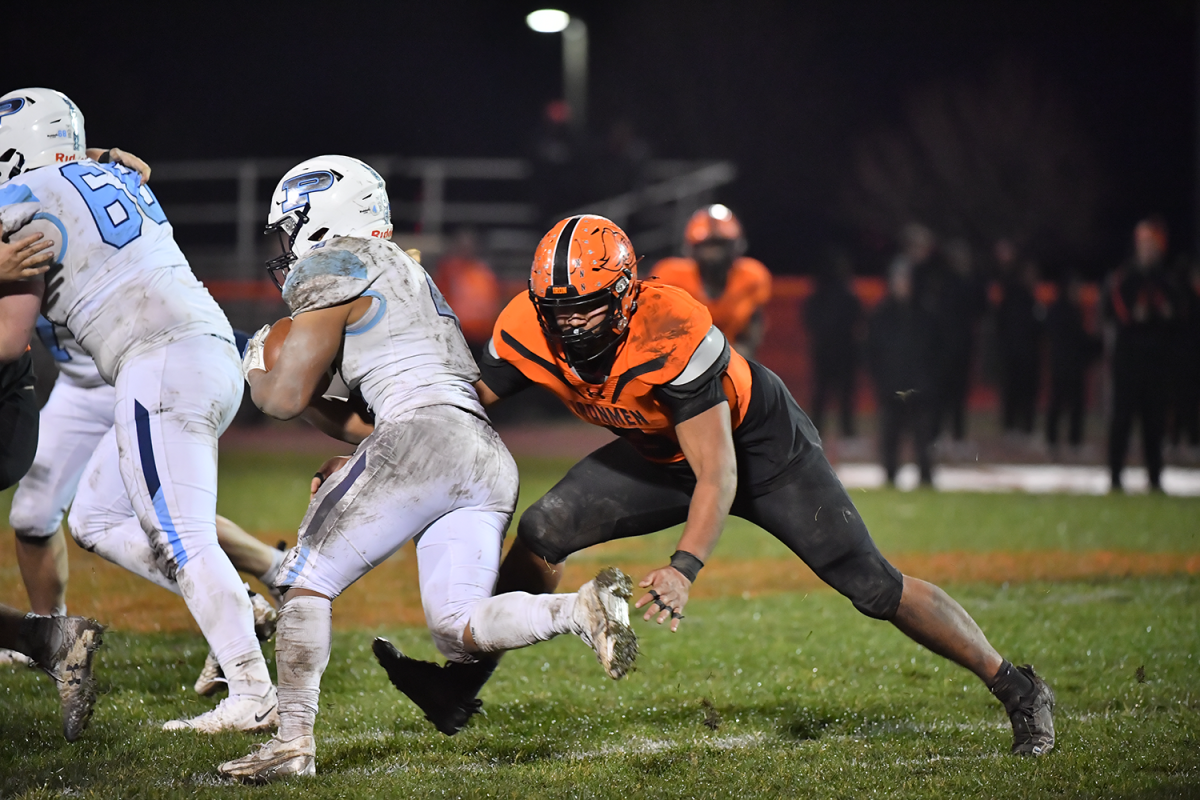
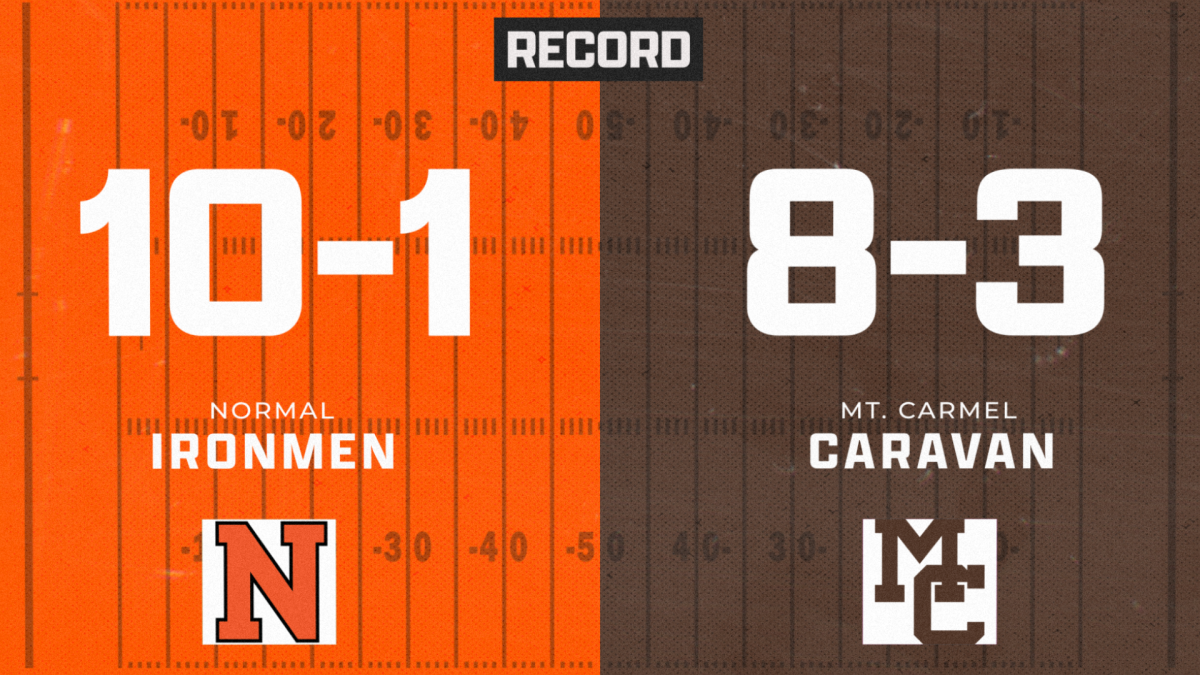
![IHSA 7A Football Playoffs Quarterfinals: Ironmen head coach on facing the Mt. Carmel Caravan [video]](https://nchsinkspot.com/wp-content/uploads/2024/11/0w12-web-feature-1200x800.png)

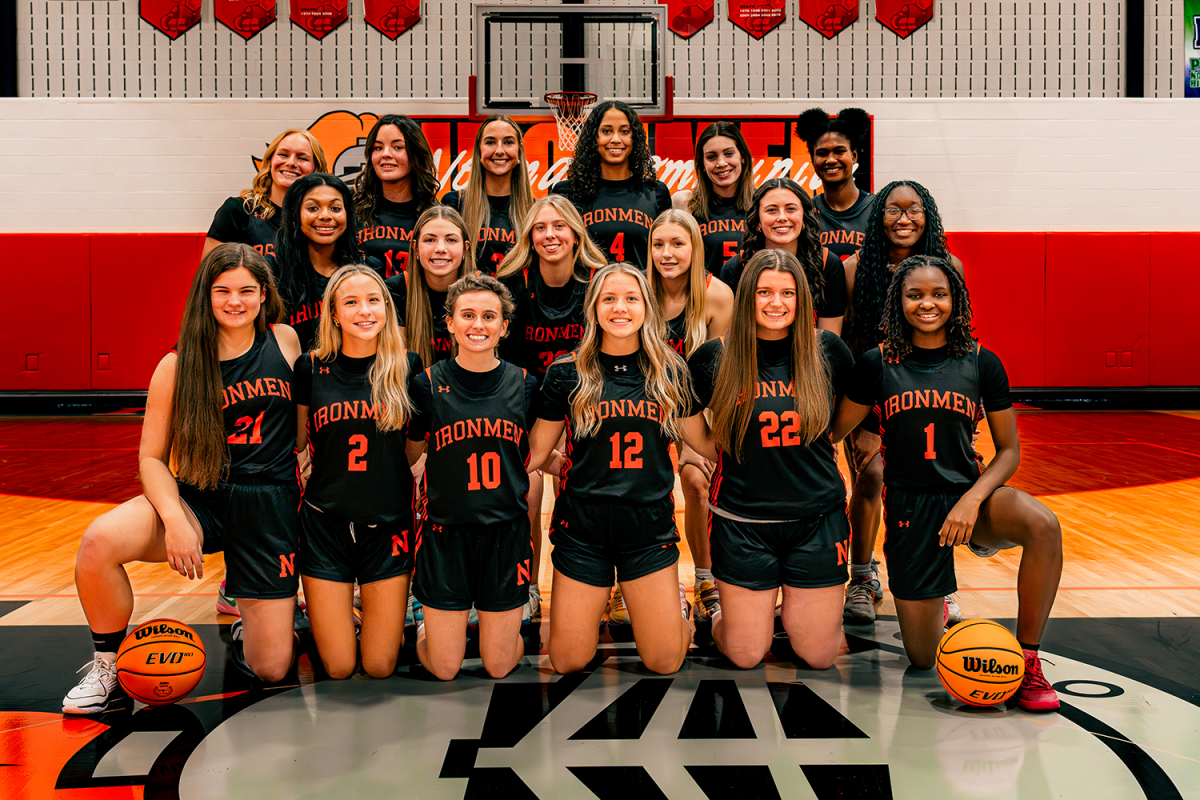



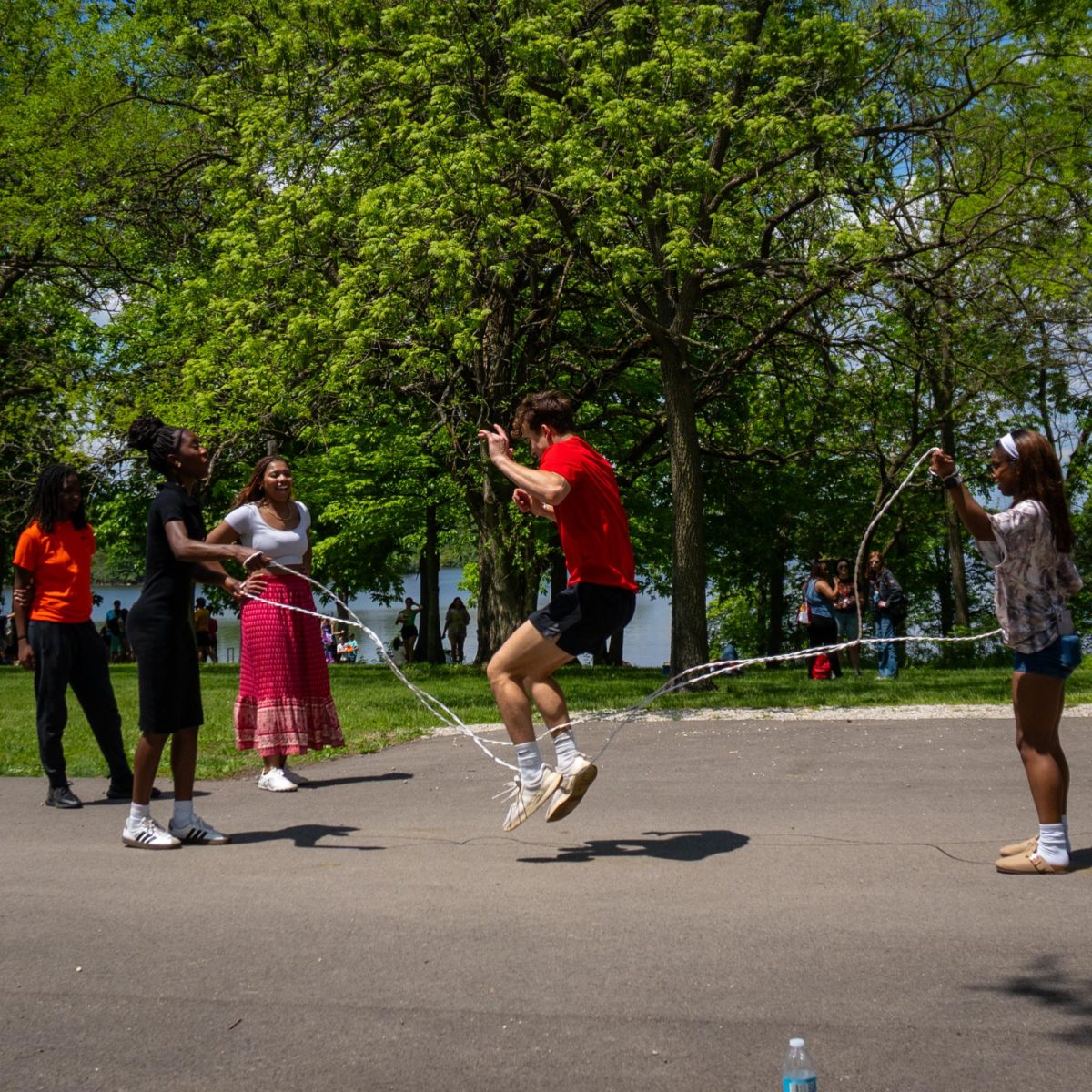



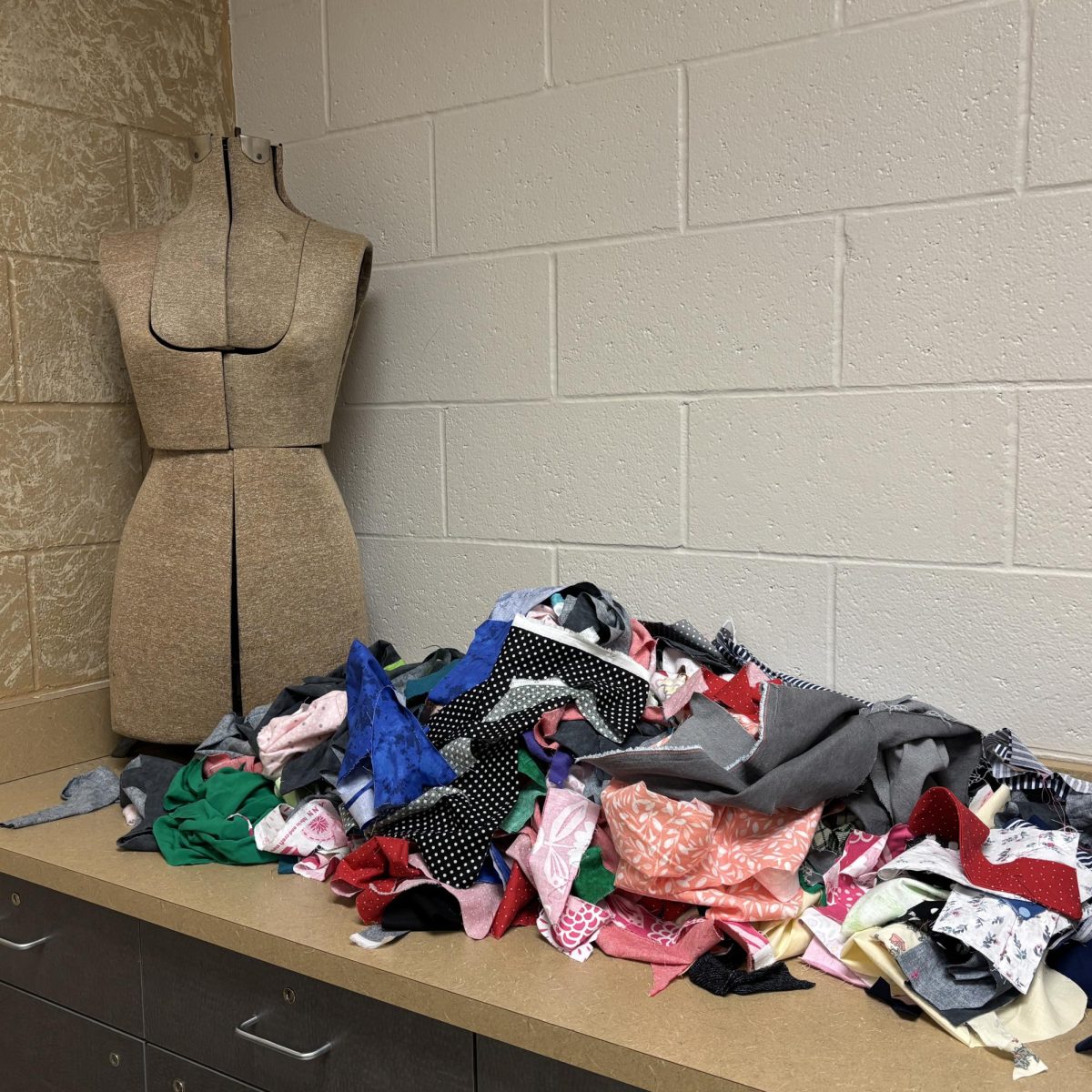
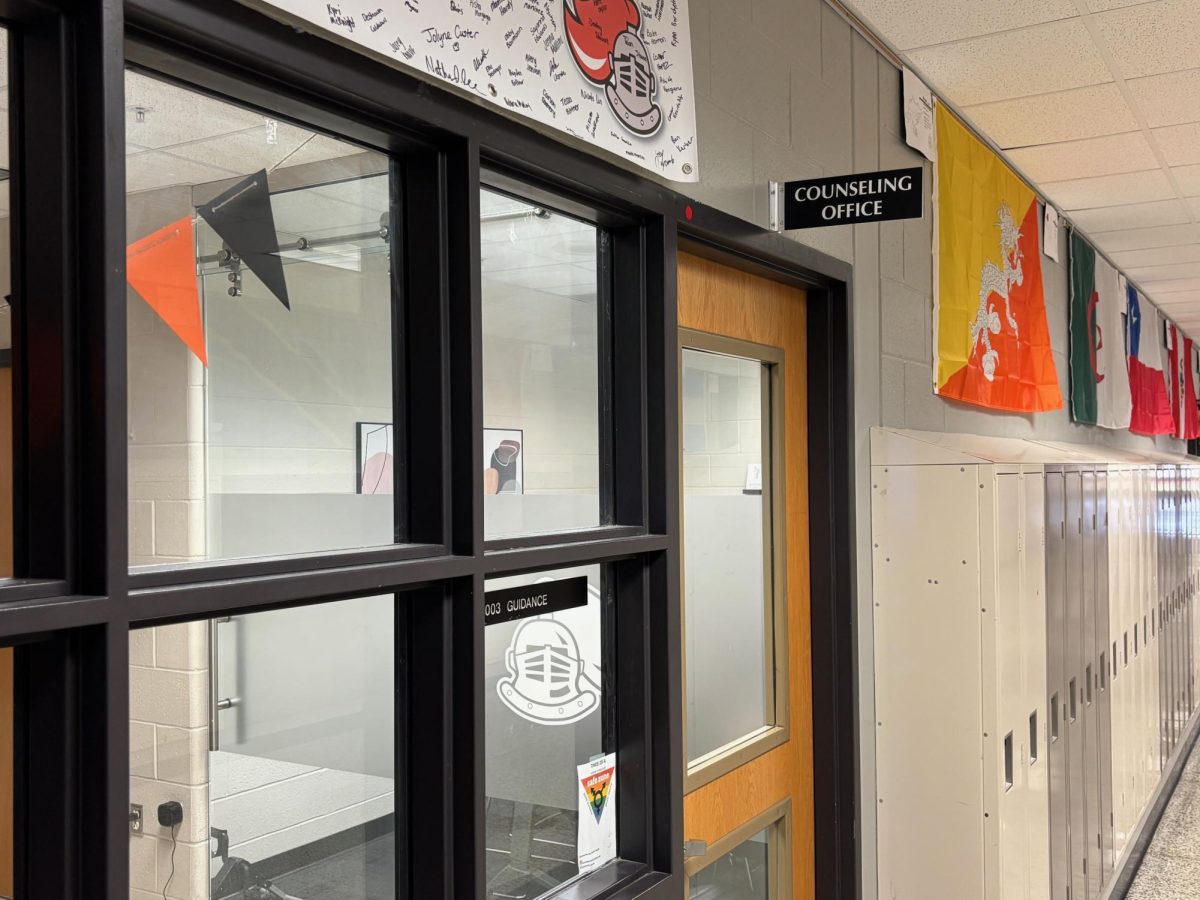
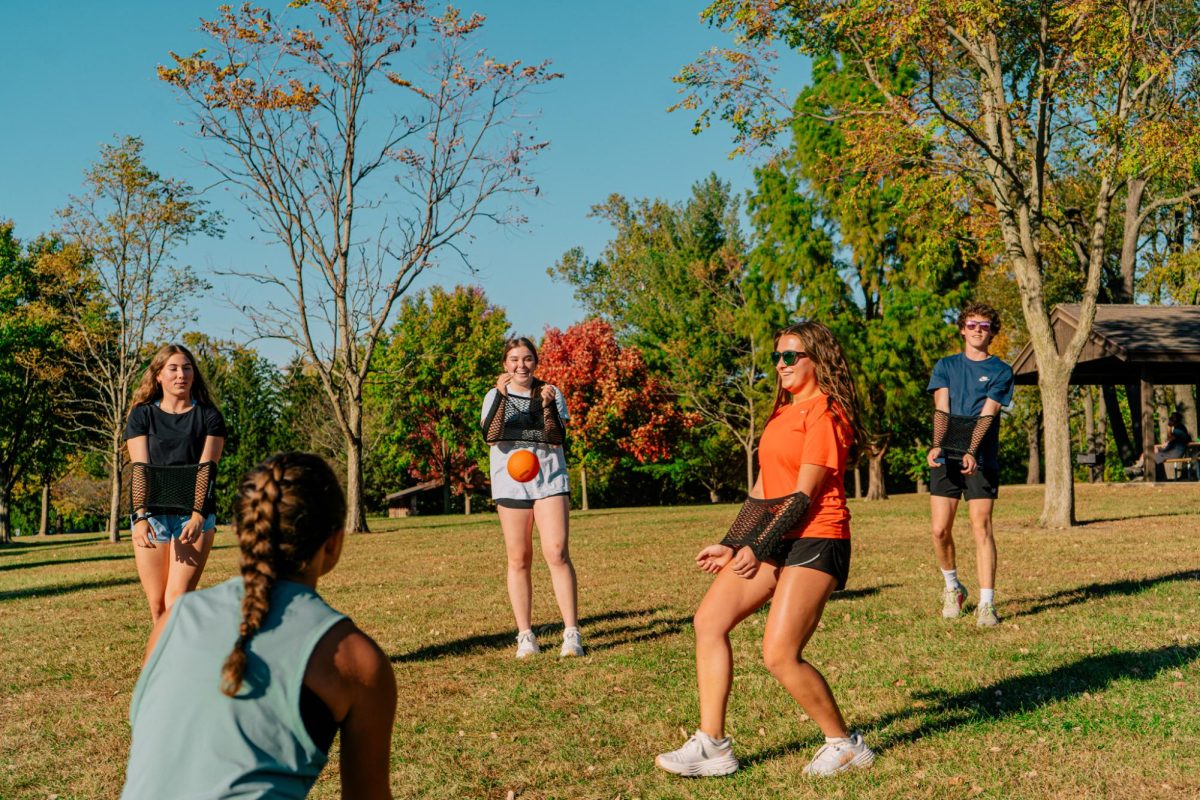
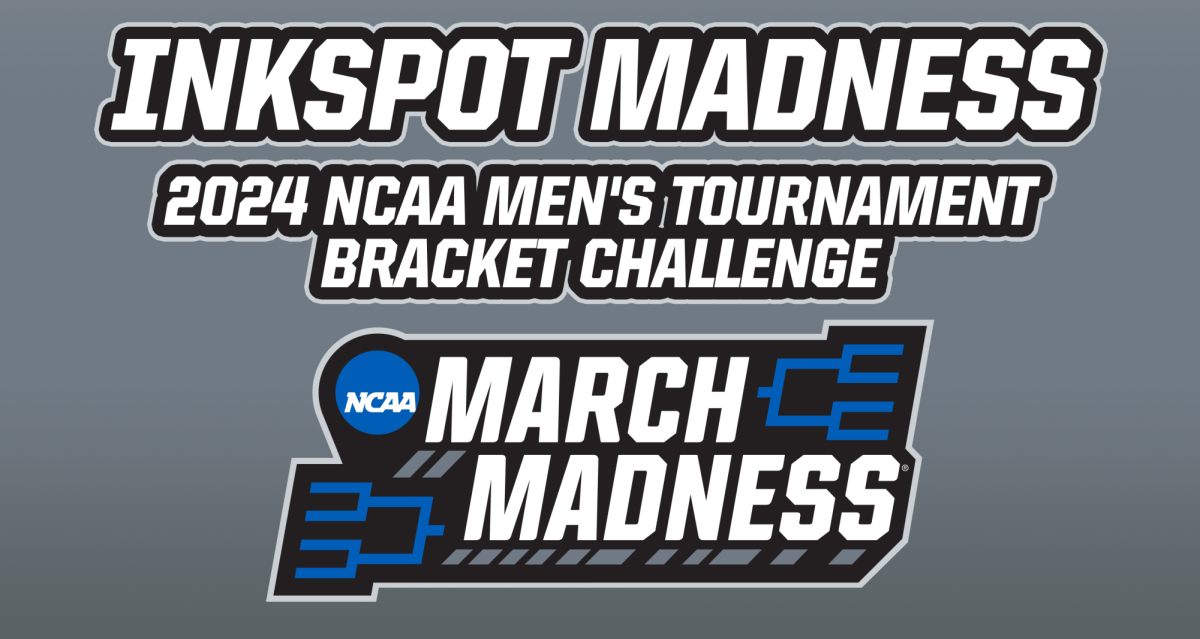
![Halloween candy cross section quiz [quiz]](https://nchsinkspot.com/wp-content/uploads/2022/10/Candy-cover-big-900x675.png)
![Average Jonah? [quiz]](https://nchsinkspot.com/wp-content/uploads/2022/05/average-jonah-900x600.png)


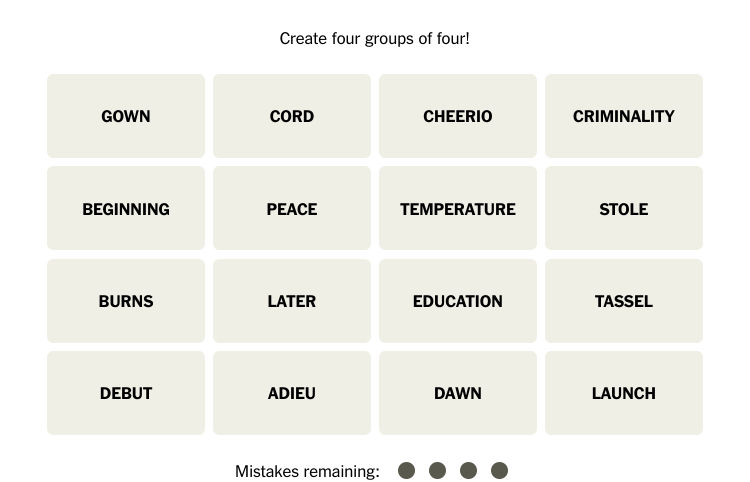
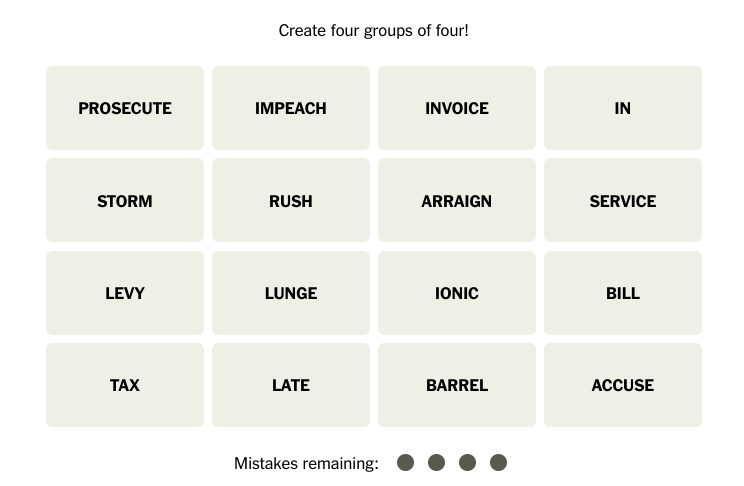
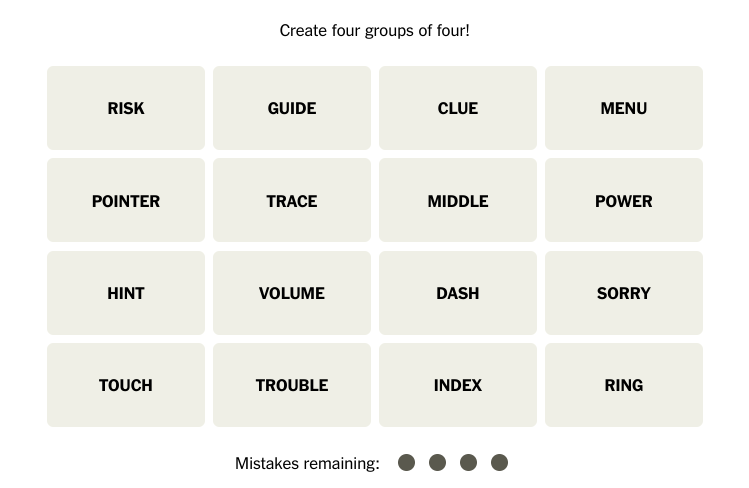
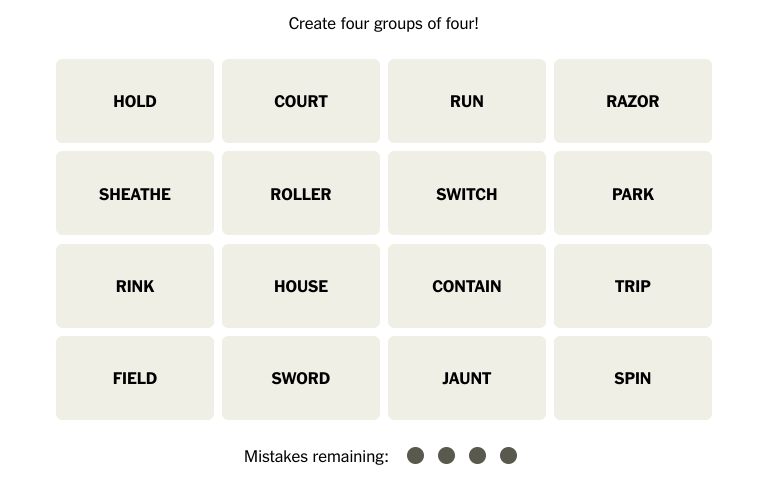
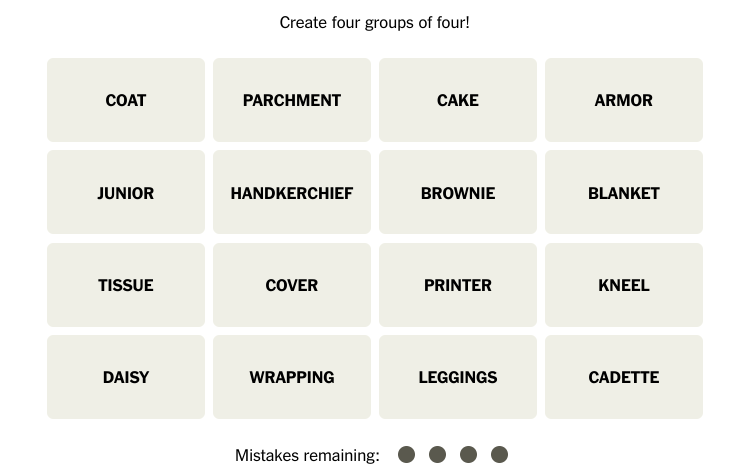




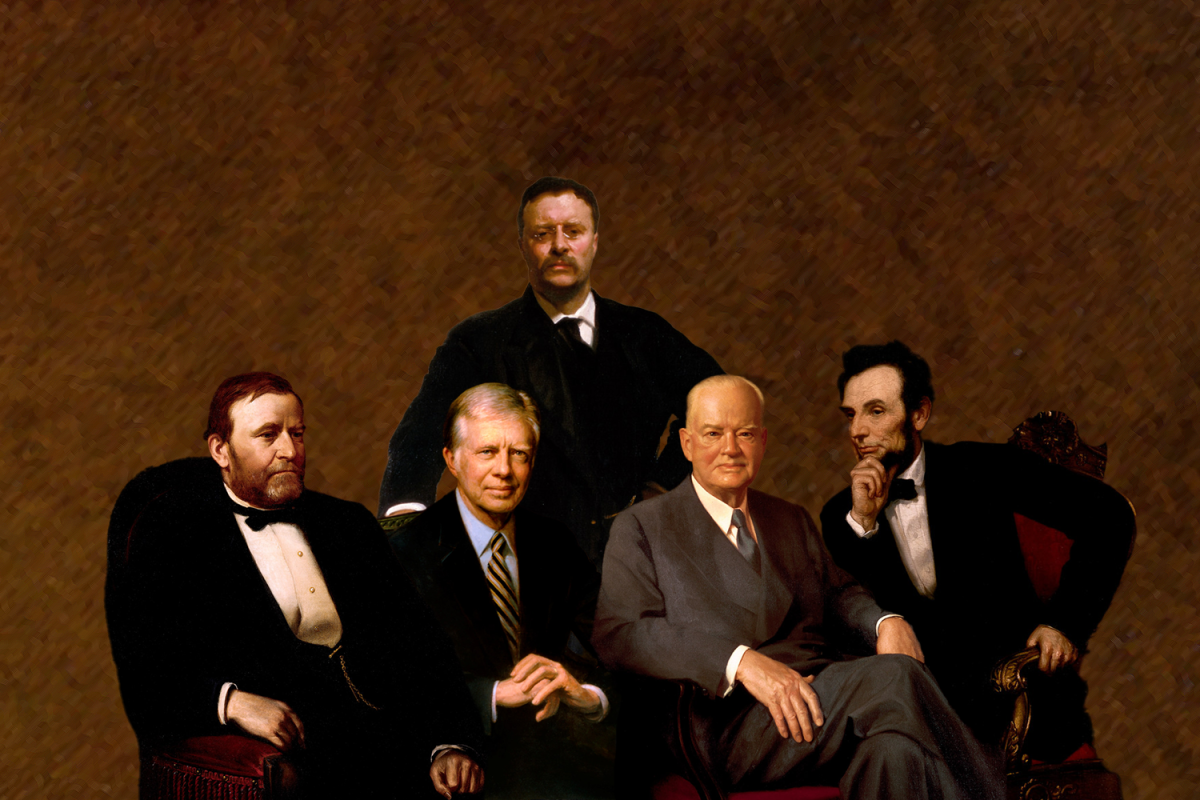










![Cell phone ban in schools? Community responds to proposed legislation [video]](https://nchsinkspot.com/wp-content/uploads/2025/04/Sequence.00_01_09_19.Still001-1200x675.png)




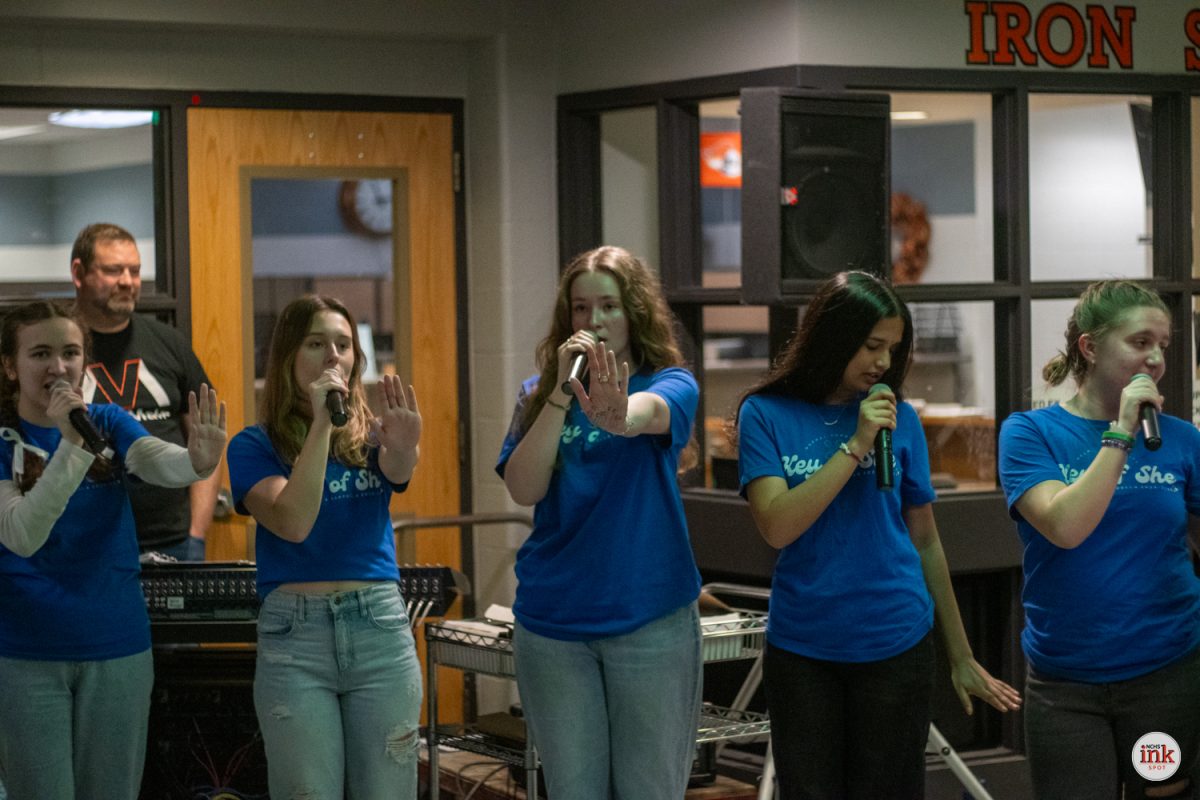
![Ironmen spring sports update: April 9 [video]](https://nchsinkspot.com/wp-content/uploads/2025/04/sports-recap-square-1200x1200.png)

![Ironmen in the hunt: Coach Feeney talks Big 12 Title race ahead of PND matchup [video]](https://nchsinkspot.com/wp-content/uploads/2025/01/feeney-1200x675.png)
![On the Spot: This or That – Halloween [video]](https://nchsinkspot.com/wp-content/uploads/2024/10/tot-Halloween-YT-1200x675.png)
![On the Spot: This or That – Fall favorites [video]](https://nchsinkspot.com/wp-content/uploads/2024/10/ots-fall-web-1200x800.png)
![On the Spot – Teachers tested on 2023’s hottest words [video]](https://nchsinkspot.com/wp-content/uploads/2024/01/On-the-Spot-Teachers-tested-1200x675.png)


